Are Schnauzers the Worst Dogs? A Closer Look at Criticisms

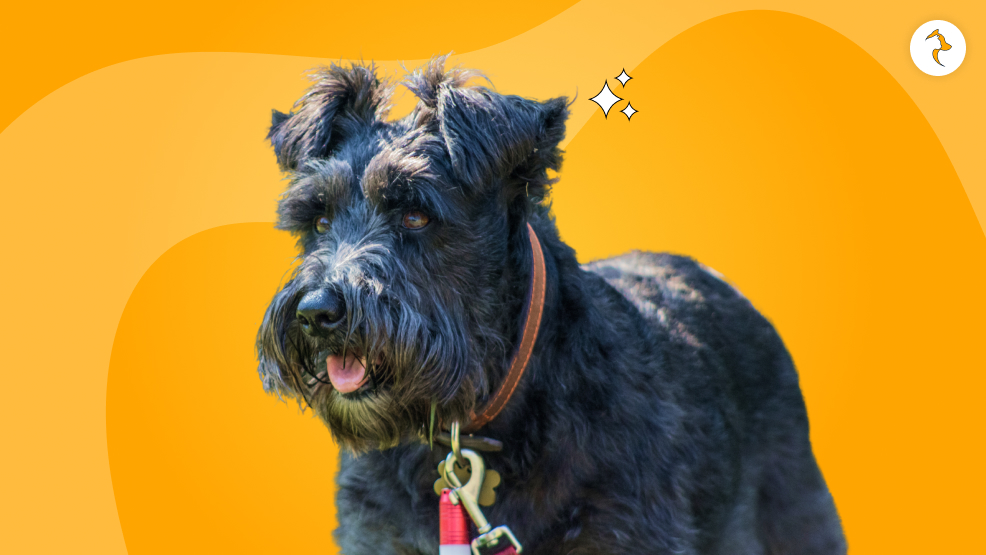
Schnauzers are pretty recognizable and iconic. Their wiry coats, expressive eyebrows, and lively personalities make them pretty easy to spot. Whether you’re looking to get one or already a dog owner. You probably have heard people who think the breed is otherwise.
Some say Schnauzers are the worst, while others are crazy about the breed. This article will enumerate the most common criticisms people always raise against Schnauzers.
Grooming needs, health concerns, temperament, and exercise requirements are all factors that will help understand why schnauzers are the worst dogs and why some folks consider them dogs that are just too difficult to handle.
Brief Overview of Schnauzers as a Breed
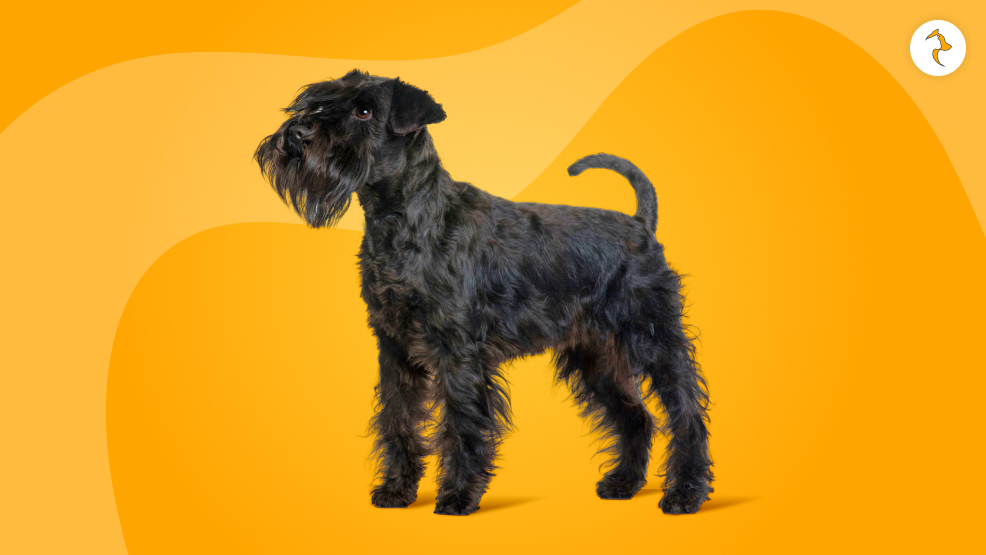
Schnauzers are a breed group that originated in Germany. This breed is known for its “beard, ” eyebrows, and a wiry, dense coat.
They come in three sizes: Miniature, Standard, and Giant, with different characteristics. First off, here are the main characteristics of each.
Characteristics Of Miniature Schnauzer, Standard Schnauzer & Giant Schnauzer
| Characteristics | Miniature Schnauzer | Standard Schnauzer | Giant Schnauzer |
| Size | 12-14 inches tall, 11-20 pounds | 17-20 inches tall, 30-50 pounds | 23-28 inches tall, 55-85 pounds |
| Appearance | Small, compact, wiry coat, expressive eyes | Medium-sized, robust, wiry coat | Large, powerful, bushy coat |
| Personality | Amicable, watchful, lively | Loyal, intelligent, spirited | Courageous, careful, stubborn |
| Exercise Needs | Moderate | High | Very high |
| Life Expectancy | 12-15 years | 13-16 years | 12-14 years |
Schnauzers are intelligent, faithful, and highly independent. However, that’s why it is tough to have some families and dog owners would probably want to go for. We detail why schnauzers are the worst dogs for certain people.
Grooming and Maintenance
One common concern about Schnauzers is their grooming needs. While their wiry coat can be quite attractive, it requires regular maintenance to keep it looking neat and healthy. Additionally, consistent grooming plays a vital role in preventing dog fleas. Regularly brushing your Schnauzer’s coat helps remove fleas or eggs, using flea-repellent shampoo during baths provides extra protection, and checking for fleas after outdoor activities ensures your pet stays comfortable and pest-free.
Grooming Needs
Unlike most breeds of dogs, Schnauzers don’t shed. However, their fur grows just like a human’s. They should be groomed every 4 to 6 weeks for the coat to remain healthy and free from mats.
Hand-stripping and clipping take a lot of time and know-how. You might find having one of them quite trying if you don’t have the time or ability to care for the coat.
Skin and Matting Disorders
Schnauzers tend to mat terribly, which causes poor grooming. Behind the ears and in the armpits, mats accumulate fast down the backsides, and such conditions cause huge discomfort in the skin.
Therefore, they usually end up developing infections. Both produce moisture, and the mats can easily serve as a bacterial-breeding place, so often, this means some sort of dermatitis.
In addition, the Schnauzers have another allergy that contacts their skin. Particularly the flea allergy, or dry skin.
Expensive Salon Grooming
This is, however, possible to groom a Schnauzer by oneself but the labor intensity associated with the grooming aspect makes most owners go to salons by professional groomers.
Professional grooming is pricey; one would have to shell out whatever amount he had saved, between $50 and $100 or more, based on locality and services his Schnauzer may need.
When it’s done bi-weekly, he sure does that frequently Making this a significant one-time annual cost item.
Health Issues
Like all purebred breeds, Schnauzers have some genetic health problems to which they are prone.
Although they are, as a breed, pretty hardy animals, genetic health problems will ensure more trips to the vet’s office. Add to your medical bills and sometimes shorten life spans.
Common Genetic Health Issues
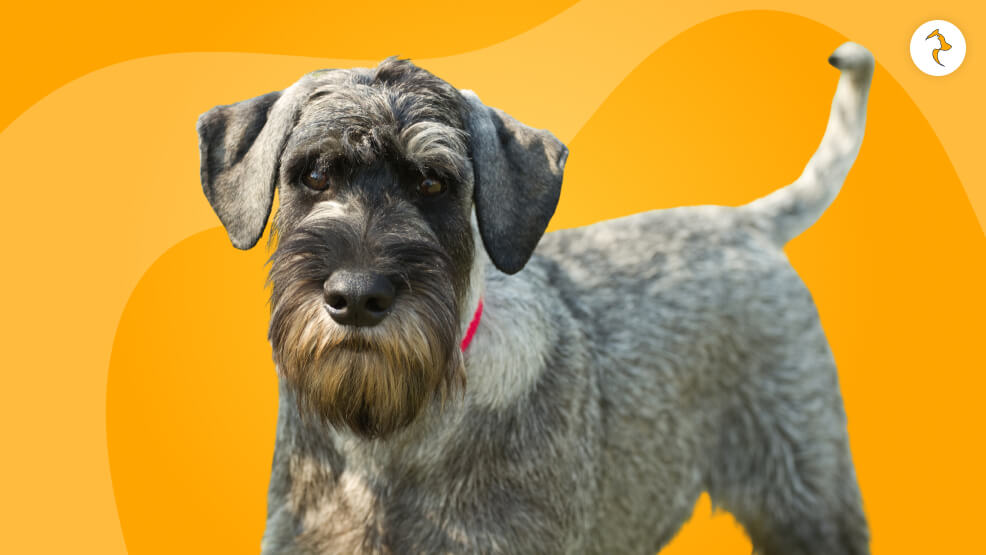
There are few issues that might be a concern for these dogs therefore, you need to be aware of them as owners or future owners. Here are a few health issues that Schnauzers normally have.
- Hip Dysplasia: This congenital defect often means the hip joint fails to form correctly. It leads to arthritis and pain and more often occurs in Standards and Giants but may be seen in any breed size.
- Eye Problems: Schnauzers, especially Miniatures, are subject to various eye defects that often bring blindness. The common ones are cataracts and progressive retinal atrophy.
- Pancreatitis: Pancreatitis-an inflammation of the pancreas resulting from a fat-rich diet, often develops in Schnauzers. This is a serious medical condition and, if not followed through with a vet, will result in terrible health problems.
- Skin Allergies and Dry Skin: They react adversely to several allergens, developing irritation and itchiness accompanied by fur loss. They can also develop sebaceous cysts.
Required Regular Veterinary Care
As is the case with most breeds, Schnauzers are prone to many genetic disorders; therefore, their care needs to be placed in the hands of appropriate veterinary doctors.
This would include examining hip dysplasia, an eye checkup, including cataracts or PRA, and investigating the digestive system. Regular dental care and blood work will keep your Schnauzer fit and healthy.
Like all the other breeds, the breed is notably troubled. Besides tartar build-up with dentition. Schnauzers live for 12 and 16 years; among that breed, the longest living one is the miniature Schnauzer.
Still, that will depend again on veterinary care, diet, and lifestyle. Schnauzers can lead a healthy life provided the owner takes good care. However, there are a few genetic predispositions that require attention in certain specific areas by the owners themselves.
Temperament and Behavior
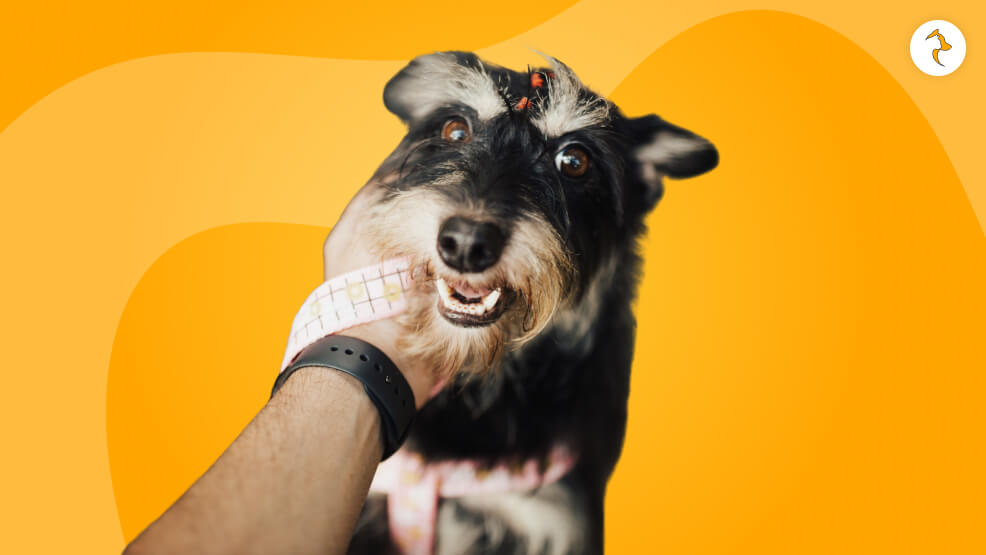
They can be the sweetest or perhaps the challenge based on your perspective since Schnauzers are known as alert, intelligent, and very stubborn personalities. Let us learn more about their temperament.
1. High Energy and Mentally Active Dog
Schnauzers-the Standard, the Giant are dogs with high energy in their genes requiring exercise physically and mentally. They are bred to be working dogs. Having no purpose and no job in life does not come easy for them.
So, if you are not ready for their physical and mental demands. Then, the Schnauzer is a high-maintenance dog, doing all kinds of things:
- Chewing
- Digging
- Extreme barking
2. They are obstinate and difficult to train
They are intelligent dogs but too independent and resistant to training and seem to almost have a mind of their own.
Only through an experienced dog owner or tenacious trainer, with positive reinforcement, can a Schnauzer be successfully trained.
An untrained Schnauzer may be a problem as they tend to disregard commands and may become over-assertively independent towards other people.
3. Compatible with Kids
This breed is compatible with kids but a bit territorial and protective of themselves and their families. Especially the Miniature Schnauzers.
In general, this breed is confident and fearless and tends to cause mishaps in new situations or with new faces.
4. Other pets tend to miss or hit the mark
This breed is generally better than others if bred properly or socialized well. But it does not live extremely well with something as small and fragile as rabbits or hamsters due to that prey instinct, which Schnauzers have had since their formation.
Activity and Exercise
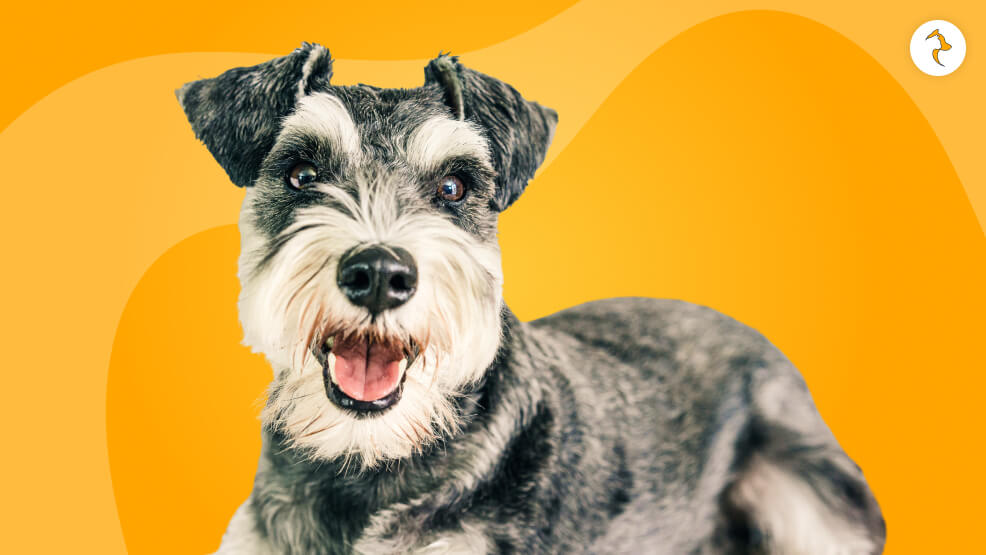
These include standard and giant-sized Schnauzers. Schnauzer breeds tend to be relatively active. Exercise for them and to make them happy and healthy should be directed to the right means.
1. Highly Active Exercise Needs
With High Energy, Schnauzers are not couch potatoes. Such dogs require at least an hour of physical activities daily; they also do very well on mental stimulation work such as puzzle games and obedience exercises.
They require regular walks, runs, or playtime to keep them content. Failure to exercise adequately may lead to restlessness, anxiety, and behavioral problems in a dog.
2. Destructive behavior
If they do not have enough exercise If you cannot exercise a Schnauzer enough, you will quite often see some destructive measures by chewing on the furniture, digging up the yard, and loud barking.
This is no dog who is content with spending hours lying around the house. They need to burn off the energy, or they will make their owners unhappy with undesirable behavioral patterns that, most of the time, are hard for owners to overcome.
Active Families Suitability
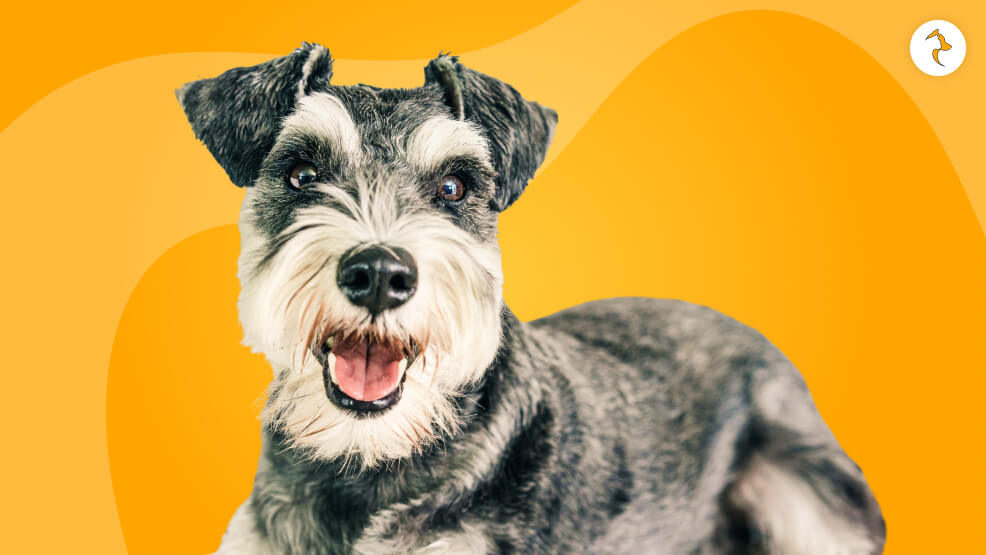
Schnauzers will be excellent pets for active families that love hiking, running, or any other sport involving dogs.
They are suited for people who are willing to provide adequate exercise and stimulation for them. They adore homes where they have a sense of belonging to everyday activities and have a reason.
1. Living Environment
Schnauzers are very versatile dogs, but much depends on happiness and their behavior. Schnauzers are very easy to adapt to any living situation. There are some big yard homes, and others are just apartment dwellings.
The problem is that it is too energetic for the space needed for running and playing around. Generally, schnauzers can adapt to living situations if the need for exercise and mental stimulation is met.
2. Apartment Living Problems
Miniature Schnauzers do not pose any issue in an apartment if only they get proper exercise and mental stimulation. Standard and Giant Schnauzers need some space and fare well in homes with a big yard.
That is where frustration sets in about apartments for them, which cannot burn up any energy to get themselves tired and becoming restive and destructive without proper exercise outdoors.
3. Space Requirements
Miniature Schnauzers adapt well to a smaller living area, but standards and giants need more area as they are large and require lots of energy.
A giant Schnauzer cannot be the best home in an apartment unless you have ample space to take it outside for exercising and letting them run.
Noise and Barking
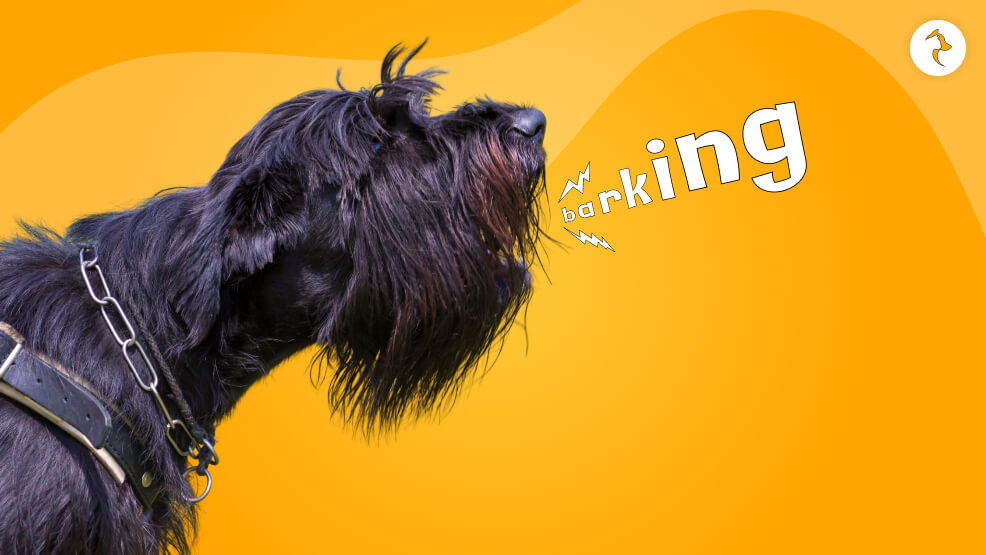
Sächsische, by nature, guarding dogs are very vocal and very dangerous. Some of the worst features of some of these owners include:
Schnauzers bark frequently and can smell some weird things. More often than not, they go into overexcitement to bark. At times, this character makes them quite a good watchdog but may be disturbing sometimes unless well managed.
They can bark at people, other dogs, or other unidentified sounds. To a quiet home or apartment, it could be such a nightmare. Using consistent training and socialization, you can train your Schnauzer not to bark too much.
This will come with time and patience and even rewarding good behavior. Early training does help cut down on some of the unwanted barking; however, by necessity, part of the breed does bark to some degree.
Wrapping Up!
Not intrinsically “worst dogs,” Schnauzers come with a package of problems that just don’t appeal to every owner. But why schnauzers are the worst dogs for certain people is weird to understand, they might be difficult but not the worst dogs.
The dog has specific grooming requirements and health problems, is very energetic, obstinate, and will bark when bored. Still, with patience in the training, exercising, and grooming departments, they make great, smart, fun companions.

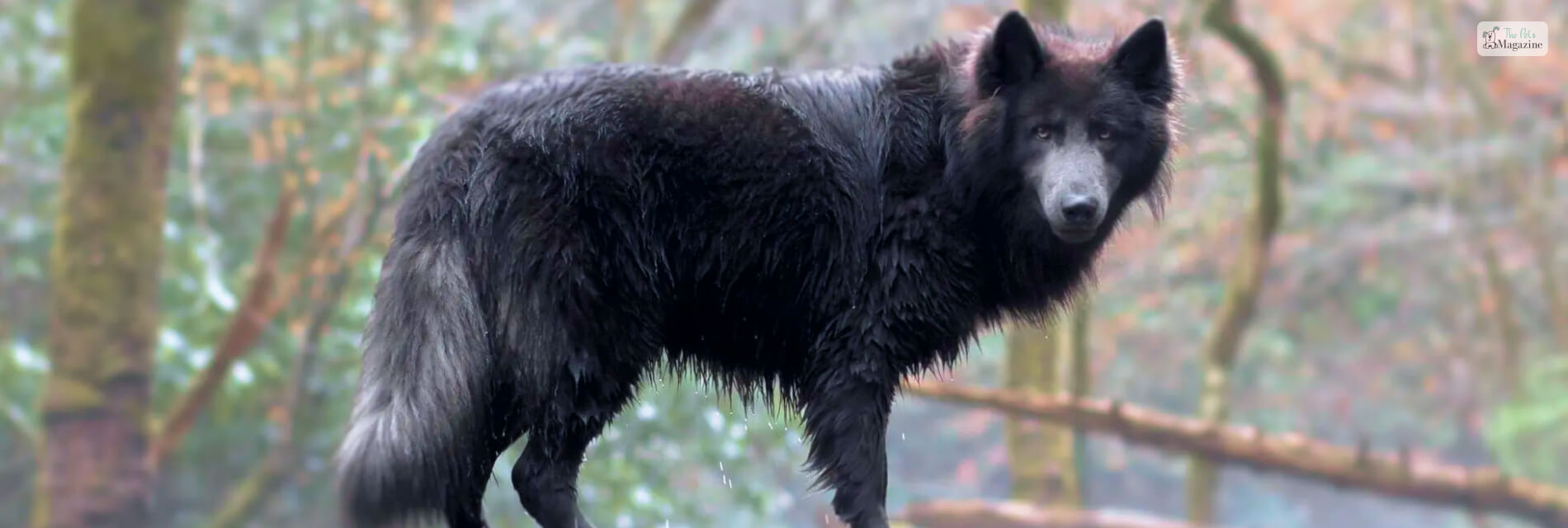
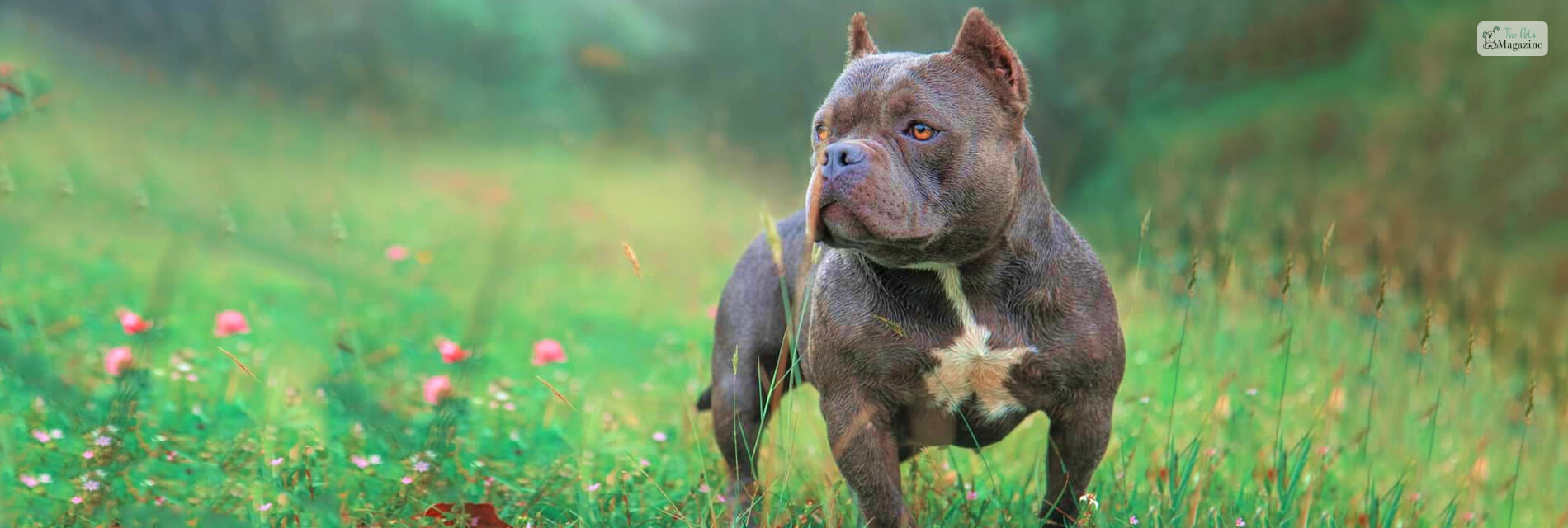

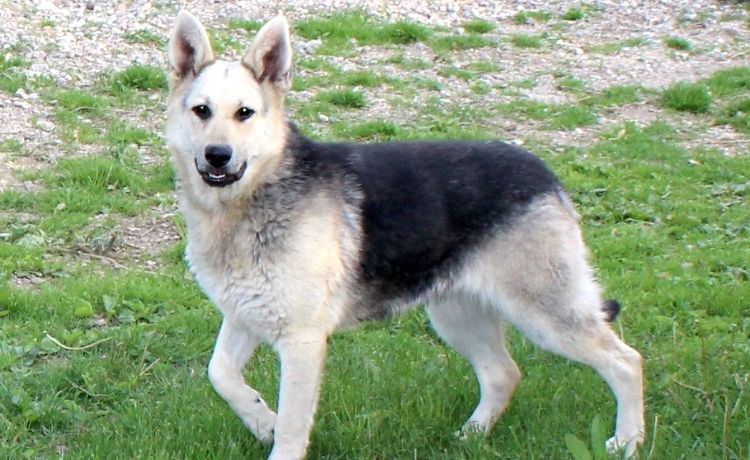
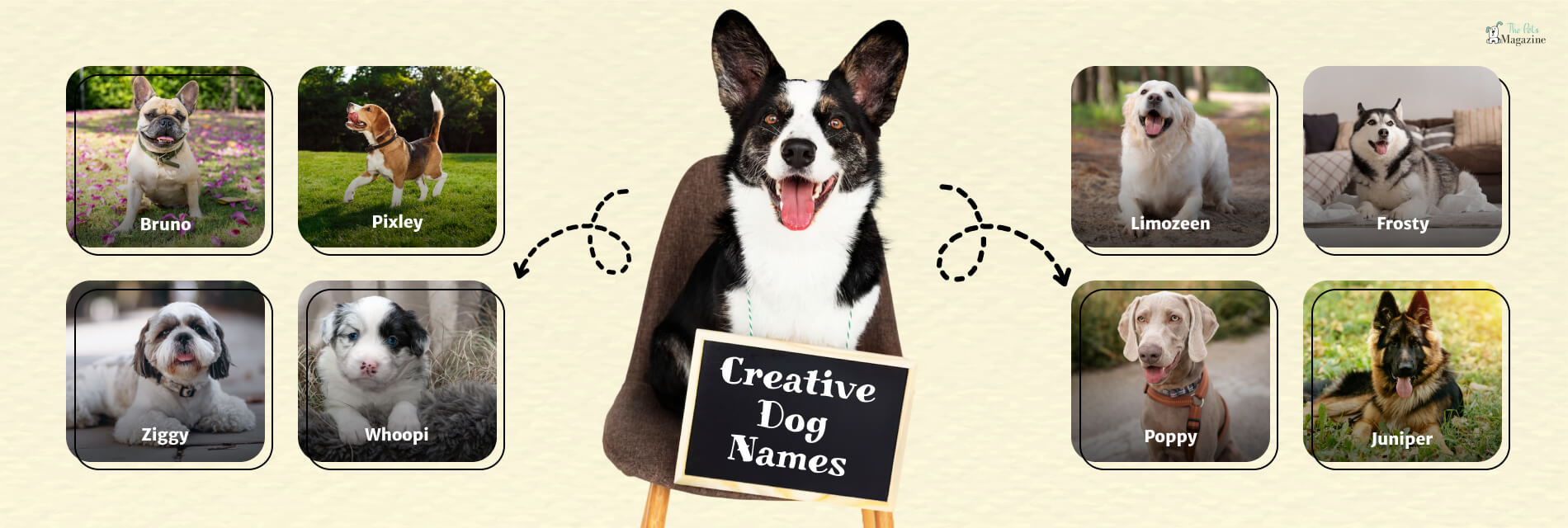
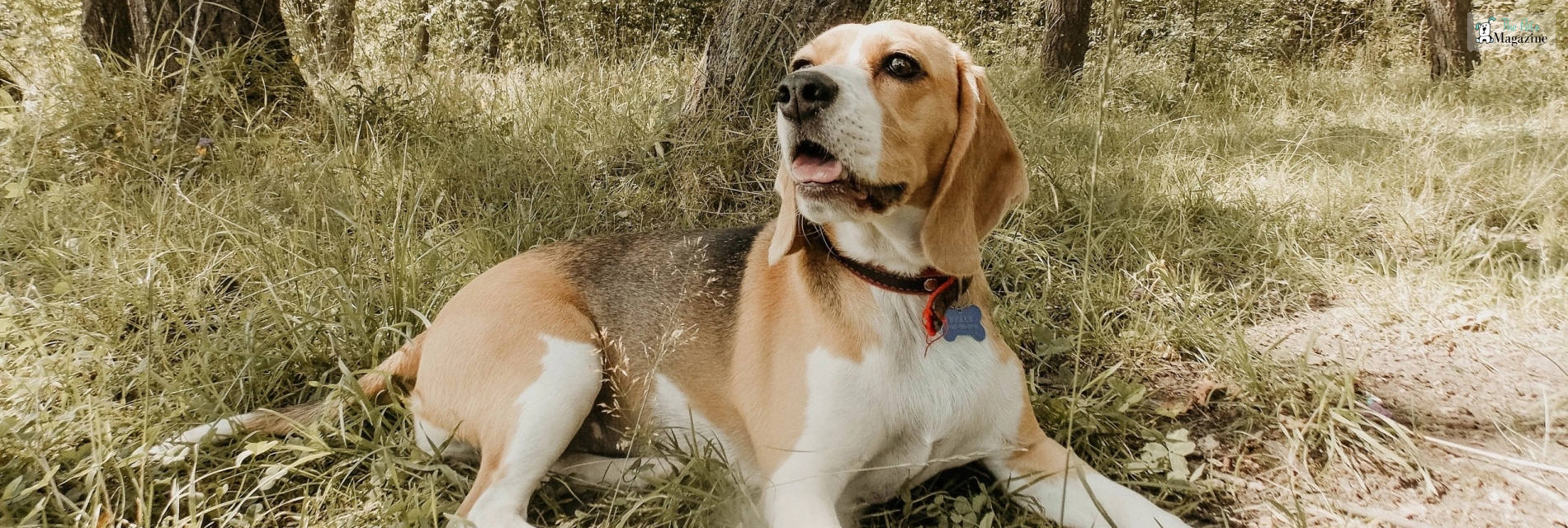
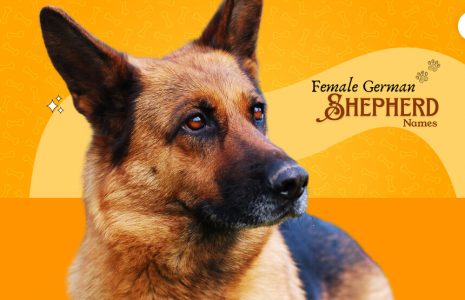
Leave A Comment